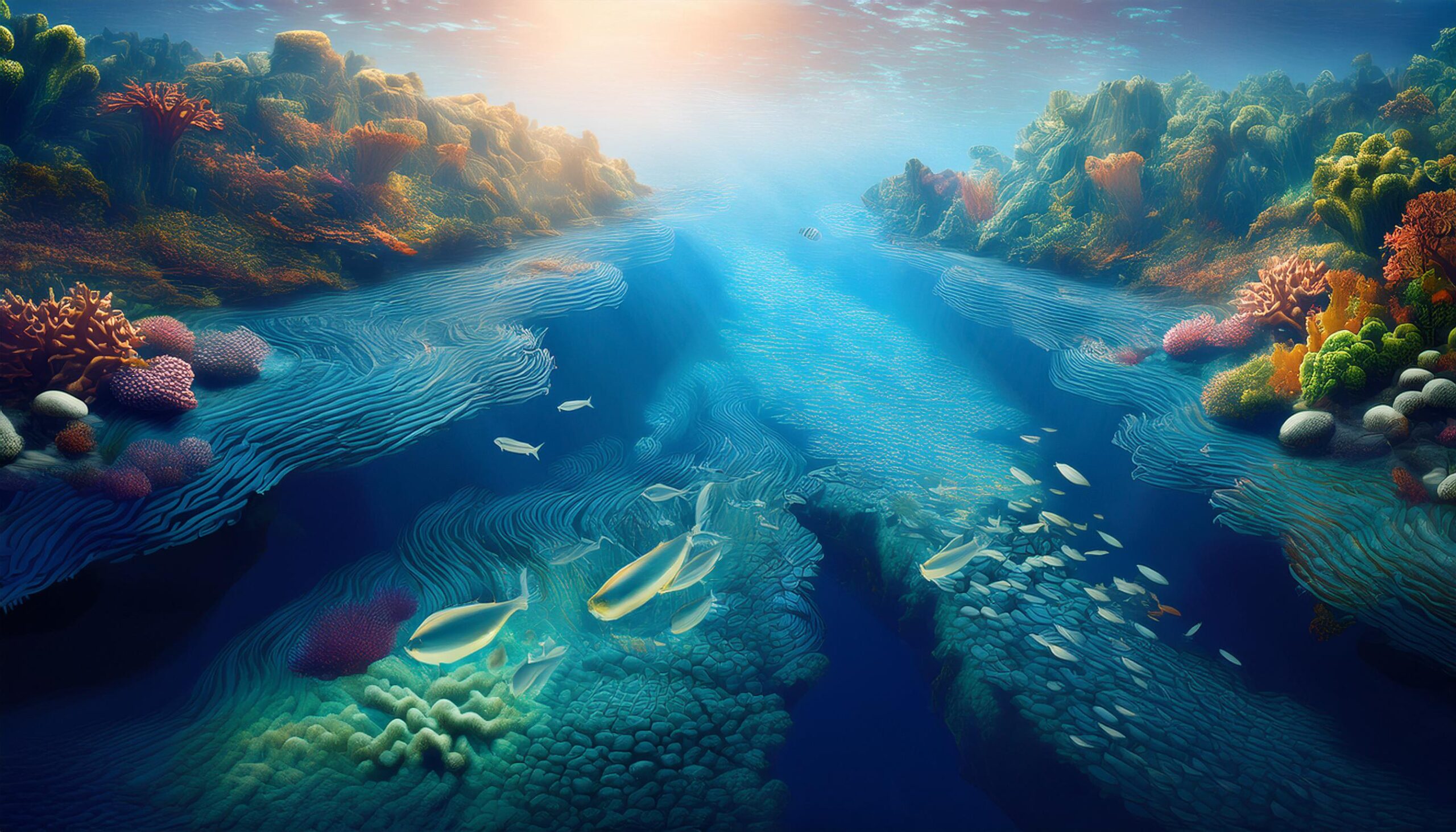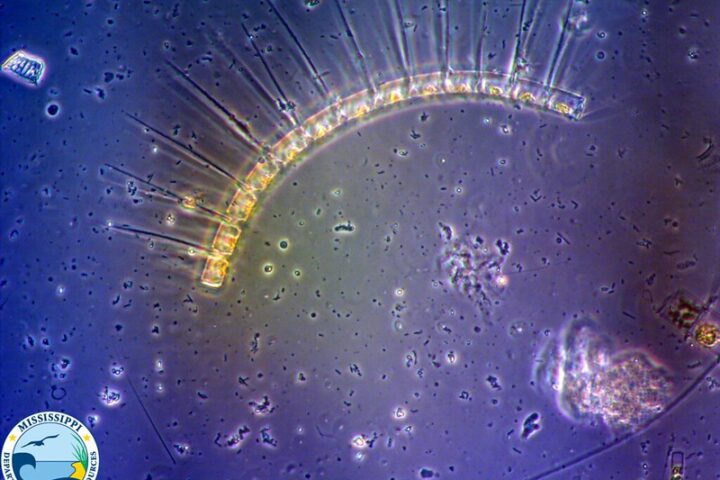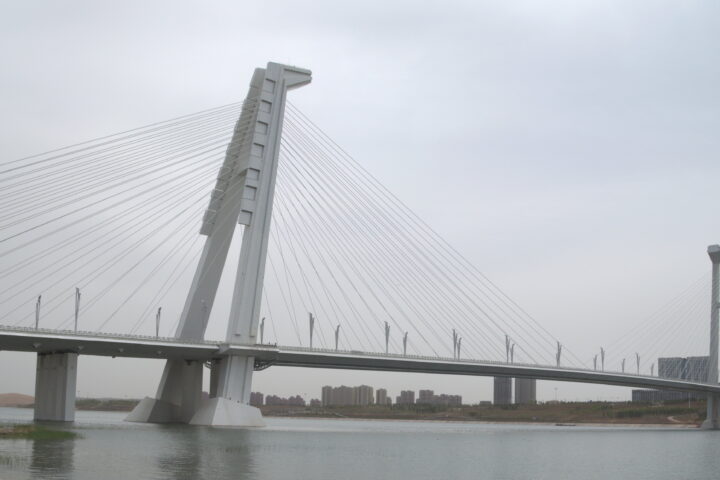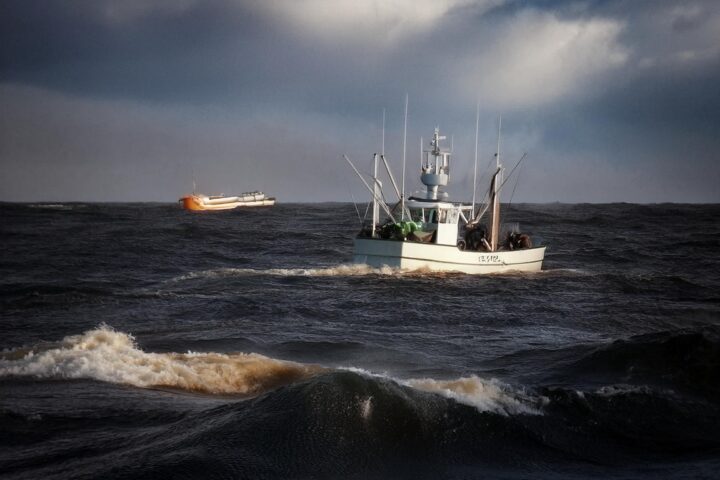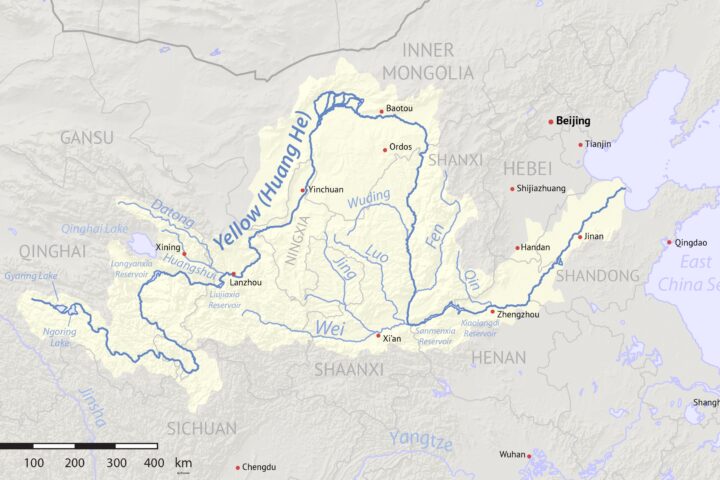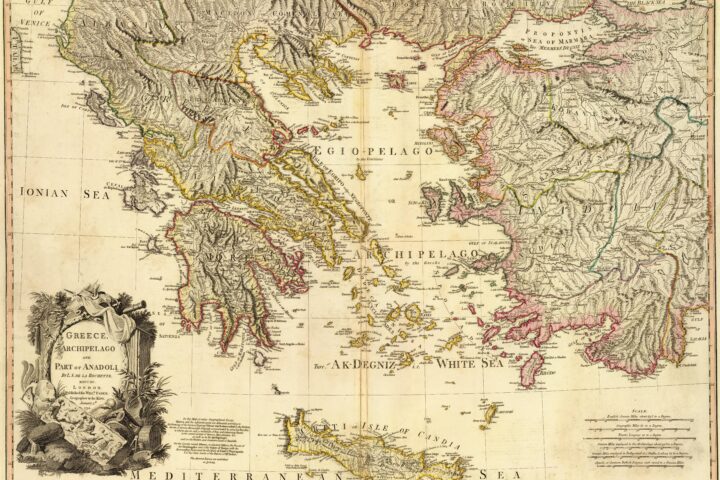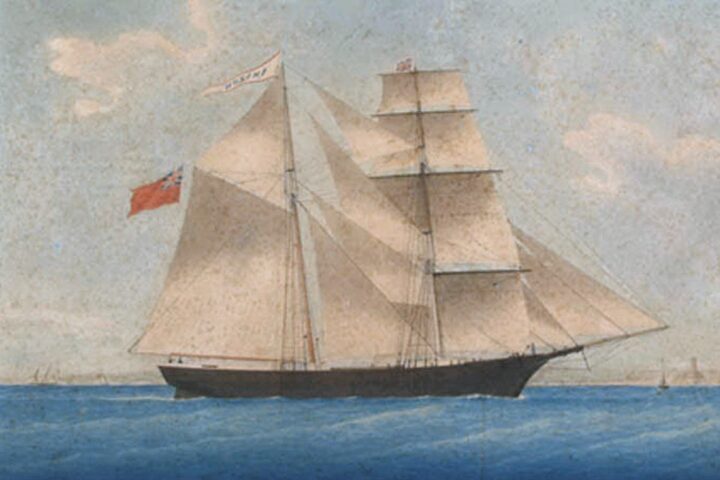Source: Firefly_AI Generated- This article explores the fascinating world of underwater rivers
Introduction
The ocean is so broad and mysterious, holding millions of secrets in its depths. One of the most fascinating phenomena is the underwater river. Hidden currents that flow at the depths of the ocean are an important factor in shaping marine ecosystems and influencing global climate patterns. In this paper, we will delve deep into the ocean to discover one of the last remaining uncharted territories of our planet: underwater rivers. A part of this journey includes understanding how they are formed, their characteristics, and importance.
Underwater Rivers—Formation
Essentially, underwater rivers move because of a complex interplay of physical and chemical processes. They are a common occurrence along the boundaries between different types of water masses where temperature, salinity, or density differences create a driving force. These density contrasts can be driven by many factors; some of these are:
- Temperature gradients: Warm water has a lower density than cold water; it rises, creating a vertical current that horizontal forces can then develop into a river-like flow. Salinity variations: Water with a higher salt concentration is denser than that with a lower salt concentration. The difference in densities can then drive the currents, especially where freshwater meets saltwater.
- Density anomalies: This might occur locally due to various reasons like volcanic activity or upwelling at times. These can subsequently generate currents resembling rivers.
Characteristics of Submarine Rivers
Submarine rivers have a few very interesting characteristics that distinguish them from their terrestrial counterparts:
- Flow rate: Even though they cannot flow as fast as land rivers, there can be significant flow rates of underwater rivers. The current speed is controlled by the driving forces and the topography of the ocean floor.
- Depth: Underwater rivers may flow from the depths of shallow coastal regions to the abyssal plains. The depth often depends on what contributes to the formation of the river. Width: The width of an underwater river varies over a wide range, from a few hundred meters to a few kilometers. It depends on the strength of current and surrounding oceanographic conditions.
- Sediment transport: As in the case of rivers on land, submarine rivers do transport sediments. These sediments may considerably affect the shaping of the oceanic floor and, therefore, marine ecosystems.
Importance of Underwater Rivers
Submarine rivers do have strong impacts on both marine ecosystems and global climate. Some of their notable importance is discussed as follows:
- Nutrient transport: Submarine rivers play a big role in transporting nutrients from deep-water sources into surface waters. These nutrients are behind the growth of phytoplankton, which form the base of the marine food chain.
- Carbon sequestration: Underwater rivers may facilitate the transfer of carbon dioxide from the atmosphere to the deep ocean, where it gets stored for very long periods, hence mitigating climate change.
- Habitat provision: Submarine rivers can create unique habitats for marine organisms. Currents with associated turbulence could provide food and shelter for several species. Influence on ocean circulation: Underwater rivers can also influence the general ocean circulation, which in turn affects climate patterns and global heat distribution. Notable Underwater Rivers Several notable underwater rivers have, so far, been identified by scientists:
One is the Amazon River Plume, a huge plume of freshwater from the Amazon River that flows into the Atlantic, forming a huge underwater current that can be detected hundreds of kilometers offshore. Another is the Outflow from the Mediterranean due to the high salinity of the Mediterranean Sea in comparison with the Atlantic Ocean, which causes a dense outflow current that flows along the seafloor.
The Indonesian Throughflow: This is a powerful current that links the two oceans—Indian and Pacific—and plays a vital role in the global ocean circulation.
Habitat Formation and Biodiversity
Underwater rivers can create a host of habitats that can be inhabited by a great range of marine organisms. Current-induced turbulence and mixing could thus enhance the availability of nutrients, in turn supporting phytoplankton and other primary producers. This productivity can then support a significant level of consumption by zooplankton, small fish, and invertebrates.
In addition, the physical structure of the underwater rivers can offer unique niches to marine species. The currents may create channels and eddies that will give protection against currents and from predators and produce species with unique adaptations to their environments. Further, some fish species evolved streamlined bodies with strong fins to swim through a strong current.
The different habitats created by the rivers underwater play a significant role in maintaining healthy marine ecosystems. This offers space for various species to live together, thus reducing the possibility of a decrease in their population and ultimately extinction. By offering a high variety of food sources and shelter, underwater rivers aid in the overall resilience of the marine ecosystem.
Effects on Ocean Circulation
Underwater rivers may also be connected with ocean circulation. The effects of their existence can reach very far from the area where they actually flow and thus influence global climate conditions and even the distribution of marine species.
For instance, one of the largest underwater rivers, an Amazon River plume, may influence the Atlantic Meridional Overturning Circulation (AMOC). The generally important current allows the transfer of heat from the tropics toward the Arctic, which in turn helps to regulate the global climate. Introducing freshwater and nutrients into the Atlantic, the Amazon River plume potentially impacts the strength and stability of the AMOC.
Moreover, underwater rivers can be involved in eddy and gyre formation. Large-scale circulation might advect nutrients and organisms over large distances, thus modulating the dynamics of ecosystems in different regions.
The Role of Underwater Rivers in Climate Regulation
Underwater rivers can also contribute to the regulation of climate. As mentioned above, underwater rivers are able to capture carbon dioxide from the air. They can determine the temperature and salinity of the water in oceans, hence influencing global climatic conditions.
One example is the Mediterranean Outflow: a dense current that flows from the Mediterranean Sea into the Atlantic, thus perhaps helping drive the AMO. This climate pattern is related to changes in the temperature of the sea surface and to rainfall patterns in the North Atlantic.
The role of underwater rivers in the regulation of Earth’s energy balance also cannot be overruled. They can influence the process of ocean circulation and, consequently, heat transport, which enables them to maintain a stable climate.
Challenges and Conservation
Despite all their worth, there are several threats under which these underwater rivers exist. Pollution, overfishing, and climate change are some of the dangers these vital ecosystems face. While pollution reduces the quality of water and affects marine life, overfishing may cause food webs to get out of balance and lower biodiversity. Climate change can lead to changes in ocean temperatures and currents, therefore affecting changes in distribution and abundance of marine species.
Effective conservation measures over the underwater rivers and the marine ecosystems they support have to be implemented. This includes pollution reduction, sustainable management of fisheries, mitigation of impacts that emanate from climatic change, and more research to be done to increase understanding of the Underwater rivers and their role in marine ecosystems.
In doing so, by wrestling with the challenges and creating deliberate steps to save the underwater rivers, we will be doing an act toward the health and resilience of our oceans for generations yet unborn.
Sources:
- https://www.bbc.com/future/article/20170706-the-mystery-of-the-massive-deep-sea-rivers
- https://blog.geolsoc.org.uk/2013/08/01/rivers-under-the-sea/
- https://www.ncei.noaa.gov/news/the-underwater-world-bathymetric-data

